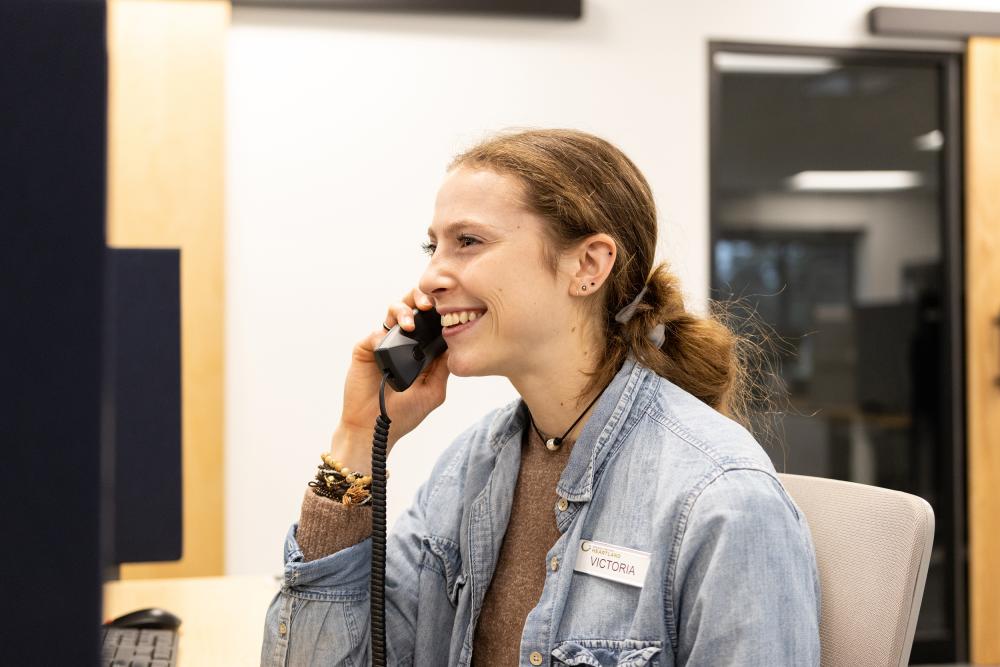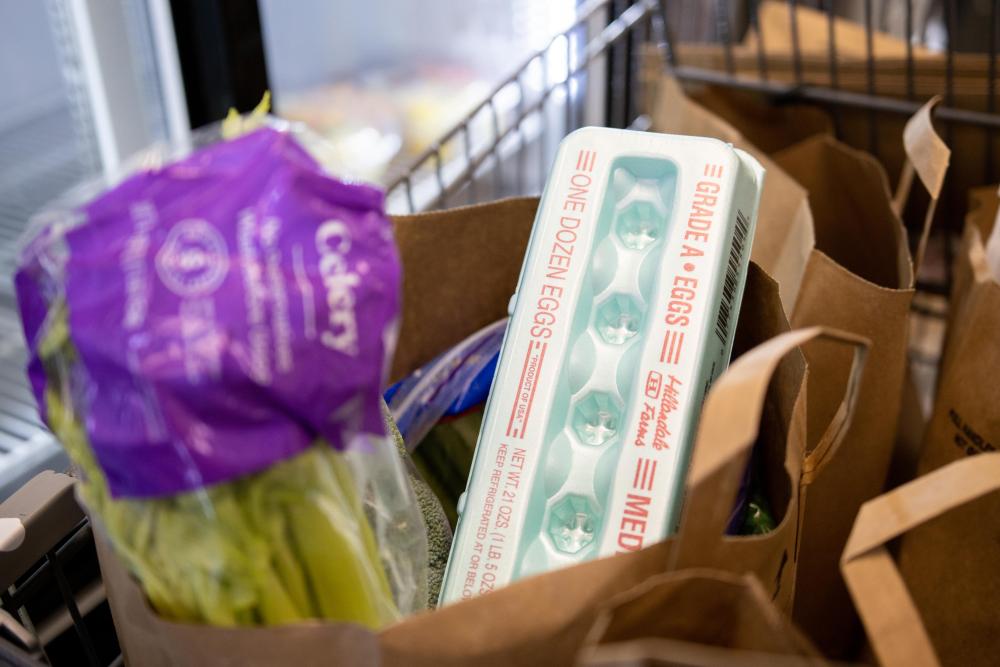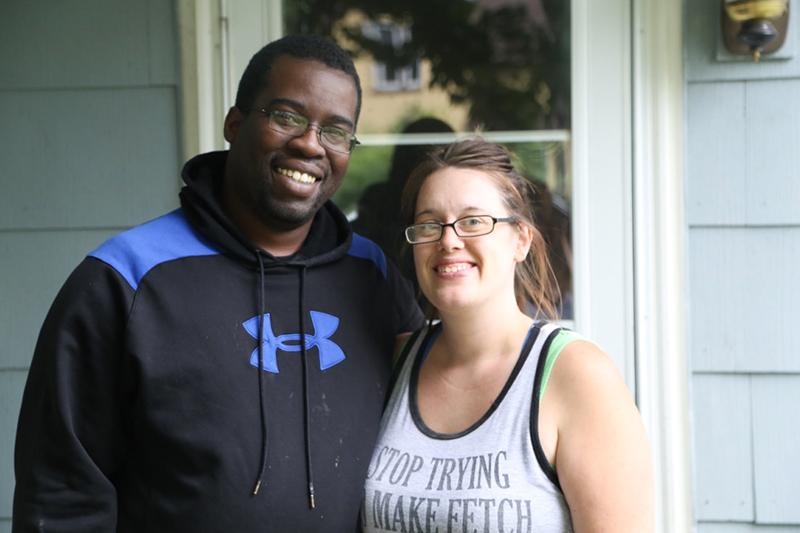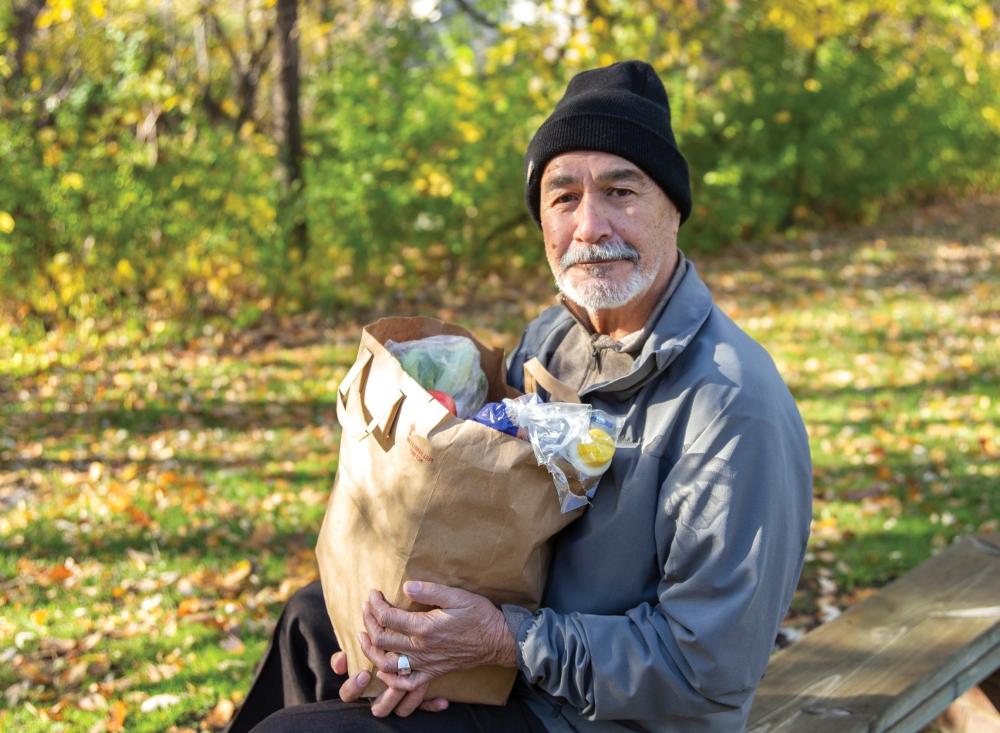
SNAP OUTREACH
Our team of SNAP Outreach specialists work with food shelves, agency partners and low-income households in Minnesota to understand and apply for EBT grocery benefits.
Helping Low-Income Minnesotans Navigate the SNAP Assistance Process
SNAP, the Supplemental Nutrition Assistance Program, helps Minnesotans with low incomes get the food they need for nutritious and well-balanced meals. However, navigating SNAP can be difficult for many households; even the food shelves and agency partners who refer hungry neighbors to the program often have questions.
That’s where Second Harvest Heartland comes in. Through a grant from the state of Minnesota, we staff a team of full-time SNAP outreach and assistance specialists. We’re the largest support resource team in the state.
The Country’s Largest Nutrition Assistance Program
SNAP, or the Supplemental Nutrition Assistance Program, is the largest nutrition assistance program in the nation. It is designed to provide temporary assistance to low-income households.
453,000 Minnesotans
Participate in SNAP—approximately 7% of our state’s population.
15,500 SNAP referrals
Were made to our outreach specialists last year.
7,700 households
Received application or re-certification assistance from us.
Facts About SNAP
- SNAP serves approximately 41 million people across the country including more than 453,000 Minnesotans
- The U.S. Department of Agriculture’s Food and Nutrition Service funds the program
- Each state directs the program and administers benefits at the county level
- Eligibility is based on household size, income, citizenship and other factors
- Participants receive a monthly allowance for groceries, called an EBT card (formerly known as “food stamps”)
- Recipients use their card just like a debit card for to pay for qualifying purchases at grocery stores, farmers markets and even online
We're Here To Help Individuals and Families
Our SNAP Outreach team knows the ins and outs of this important food assistance program for Minnesota. Our full-time staff includes coordinators for individual counties, interpreters for non-native English speakers, and a variety of support functions. A number of dedicated volunteers also contribute to our education and customer service efforts.
Every day, our SNAP experts work one-on-one with Minnesotans experiencing hunger and food insecurity. They can help you:
- Learn about the EBT grocery benefits available through SNAP
- See if they qualify for the SNAP program
- Apply for SNAP, following the specific process of the county where they live
- With food shelves and agency partners, we provide educational materials to increase awareness of SNAP in the community. We also conduct SNAP training sessions. Contact our SNAP team at 1-866-844-FOOD or SHHCareCenter@2harvest.org.
In accordance with federal civil rights law and U.S. Department of Agriculture (USDA) civil rights regulations and policies, this institution is prohibited from discriminating on the basis of race, color, national origin, sex (including gender identity and sexual orientation), disability, age, or reprisal or retaliation for prior civil rights activity.
Program information may be made available in languages other than English. Persons with disabilities who require alternative means of communication to obtain program information (e.g., Braille, large print, audiotape, American Sign Language), should contact the responsible state or local agency that administers the program or USDA’s TARGET Center at (202) 720-2600 (voice and TTY) or contact USDA through the Federal Relay Service at (800) 877-8339.
To file a program discrimination complaint, a Complainant should complete a Form AD-3027, USDA Program Discrimination Complaint Form which can be obtained online at: https://www.usda.gov/sites/default/files/documents/ad-3027.pdf, from any USDA office, by calling (866) 632-9992, or by writing a letter addressed to USDA. The letter must contain the complainant’s name, address, telephone number, and a written description of the alleged discriminatory action in sufficient detail to inform the Assistant Secretary for Civil Rights (ASCR) about the nature and date of an alleged civil rights violation. The completed AD-3027 form or letter must be submitted to USDA by: (1) mail: U.S. Department of Agriculture, Office of the Assistant Secretary for Civil Rights, 1400 Independence Avenue, SW, Washington, D.C. 20250-9410; or (2) fax: (833) 256-1665 or (202) 690-7442; or (3) email: Program.Intake@usda.gov.
This institution is an equal opportunity provider.



